Susan
Tepper Interviews Tree Riesener
EK:
Poems of Ekphrasis
Cervena
Barva Press
Susan
Tepper: In your prologue (About the
Poems), the beginning of your new book
EK, you
conclude by stating: "These are poems of witness."
Can you explain further what
you meant by that sentence.
Tree
Riesener: The book is called EK,
a shortening of the Greek word “ekphrastic,” which refers to
using detailed description to have a conversation with a work of art.
Each poem riffs off another art form—painting, sculpture, text,
music and so on. In order to witness something and to hope your words
may effect some change, you first have to observe it closely.
ST:
I find this form utterly tantalizing. There is so much freedom for
the poet to explore.
TR:
Yes. As an example of my approach, the first poem in the book is an
exploration of the ideas in Nathaniel Hawthorne’s The
Scarlet Letter, a book many of us have
read in a literature class, where we were left with at least the idea
that the governing men of the village forced Hester Prynne to
embroider a scarlet A on her clothes to let the world know she was an
adulteress.
ST:
That’s the poem which you’ve titled “on
a field sable the letter A gules.” An
intriguing title for this particular poem.
TR:
Yes, it is the last line of the novel, describing her tombstone in
heraldic terms. As a very unskilled amateur embroiderer, I enjoyed
playing with the idea of the decisions Hester would have had to make
as to color, placement, etc. of her embroidery. It was an opportunity
for me to explore many types of stitchery possibilities, from
nobleman’s coronet stitch to maltese single- or double-whipped
chain stitch.
ST:
I never would have thought of it. Great choice!
TR:
What would it do to a person’s psyche to be publicly identified
with sin forever? I decided to conflate embroidery with tattoo art,
which would be a permanent identification, and the descriptions in
the poem gradually shift to the idea of the A
being tattooed, leading to the lines “abuse is written deep/what is
written on the skin sinks to the bones.”
In
the end, her fine character led to her being seen almost as a saint
by the other women in the village, who eventually buried her with
honor. The poem ends with this line:
“never
forget they said/this primer’s written on the bone/A is for
abuse/with children there that’s what they said.”
So
the women witness, and the poem witnesses, for the readers, I hope.
ST:
This is a tremendous poem that spans lifetimes of women. Regarding
her embroidery choices you wrote:
“they
had said red / I’m thinking she said / considering / bittersweet
brick burgundy cardinal / … flaring mingled watery vibrating / …
settled
on scarlet…/ which scarlet…/ plied the needle threaded with red /
drew bright spiderwebby loops and swoops / over her flesh under her
dress / …
I’ve
picked out some sections of this poem to illustrate the tremendous
tension of word play here that goes on to deliver the denoument. I
have to say I’m in awe of this work. You’ve divided EK
into five parts and this poem is in the section titled documents.
The second section is called paintings,
and from the gorgeous assortment of
poems, I’d like you to tell us more about one titled the
disappeared ones.
TR:
The two ideas that are explored in this poem are the traditional
Piéta, Mary holding the crucified Christ on her lap, which I saw at
The Cloisters in New York City, and the Argentinean Mothers of Plaza
de Mayo, the mothers of the disappeared children and young people
after the military coup of 1973.
The
Piéta has always been one of the most heart-wrenching icons of
Christianity. The Christ figure is often shown child-size, believed
to suggest that Mary remembered her son as a small child. The Mothers
of Plaza de Mayo wore white headscarves to represent the diapers of
their children as the babies they had cared for.
ST:
You write it in this way:
“she
has herself painted / cuddling him tiny and dead / to explain he was
a tender child / so they won’t crucify anyone again / then she
trudges around for years / pushing a supermarket cart of canvases /
everybody knows her / …”
The
merge of long stretches of time and the present is particularly
grueling in this context.
TR:
From this section of the book you chose the poem that still makes me
cry every time I read it. Thousands of these young dissidents, their
children, simply vanished. It is now believed they were thrown alive
from helicopters into the freezing water of the Atlantic. The
mothers, demanding answers, in 1977 began to march around the Plaza
de Mayo that surrounds the Presidential Palace.
In
the beginning, fourteen women demonstrated every Thursday at 3:30
p.m. The movement grew until many were marching. Now the original
demonstrators are in wheelchairs but they still march. There are
Grandmothers of Plaza de Mayo. There have been more than 2000
marches. Unfortunately, the records have never been found and
probably never will be. At least the mothers’ efforts have led to
more than 1000 of the torturers and killers being tried and
sentenced.
ST:
There is solace in their relentless activism bringing forth a just
result.
TR:
It is a dreadful story. I hope their faithfulness is witnessed in
this poem, a small tribute to the great love of mothers, especially
mothers whose children are killed in the stupidity of war. Mary (with
her shopping cart of canvases) is trying to place the paintings of
herself holding her dead child all over the world, thinking it will
prevent such tragedies from ever happening again, a fruitless hope,
as we know.
ST:
In the final section of the book you have a chapter titled
miscellany. I was drawn to a particular poem “galileo’s
telescope” (after the exhibition of the telescope at franklin
institute september 2009 philadelphia pennsylvania)
You
wrote:
“…/
guard came up started to talk / he knew sniggered bet you’d like to
look through that baby / yeah I said let my words hang in the air
what’d it take / he said twenty minutes you and me in the broom
closet / I countered how about this fancy hazelnut and chili pepper /
chocolate bar / he unlocked the case / …”
What
I admire about EK is the way you have taken the most serious
of subject matter and brought it into the world view via some of
these flawless, lush poems, or, as is the case with this poem, a
humorous take on people and their foibles.
TR:
There is so much grief in the world, and as Carolyn Forché said, a
poem may be the only evidence we have that an event has occurred.
Because we have so much devastation to deal with, sometimes we let
the little things, the kind things, the beautiful things, even the
funny things, go by. But these things are important, too.
The
event I wrote about in the Galileo poem almost happened the way I
wrote it, and I actually did get to look through the telescope
(although I didn’t have to go in the closet with the guard to do
so). I write poems about the light side of life as well because that
is what we are hoping for, that somehow, sometime the horrors will be
gone, and we’ll be able to look at life and nature, at newborn
babies, at the stars, and smile.




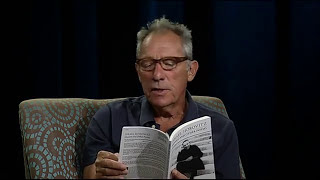







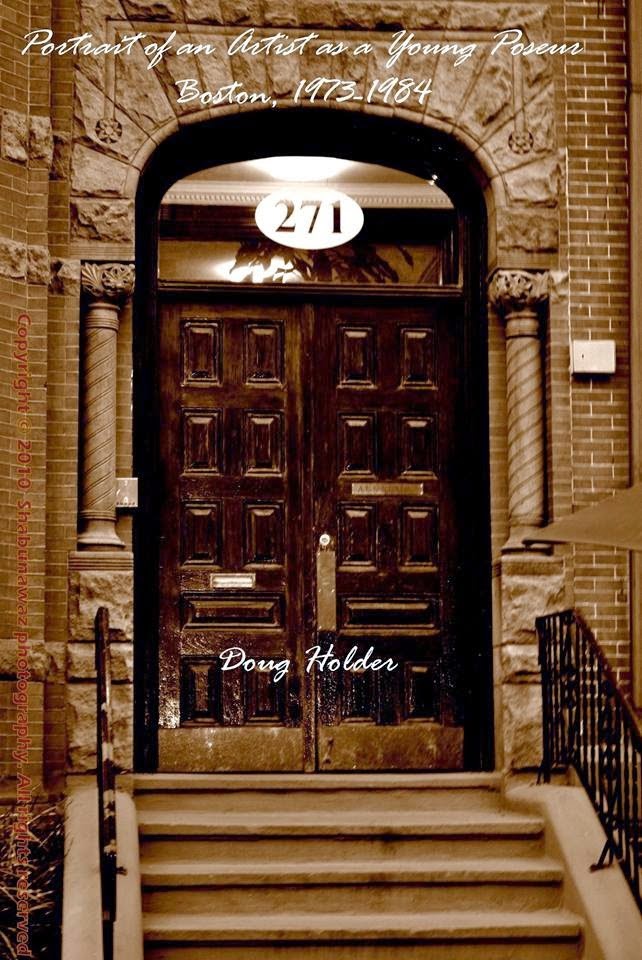
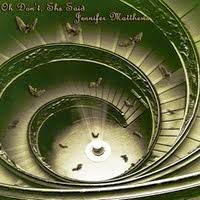
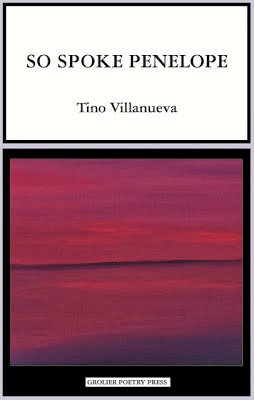
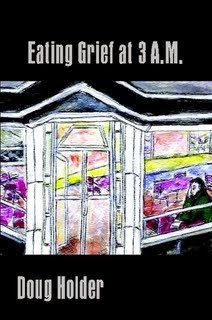
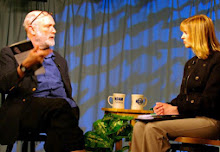








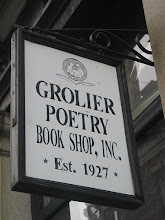



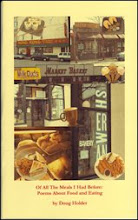




Wonderful interview between two great writers.
ReplyDeleteMichael Keith, so kind of you to leave a comment, I will alert Tree, also. Very happy you enjoyed it.
ReplyDeleteThank you so much, Michael!
ReplyDelete